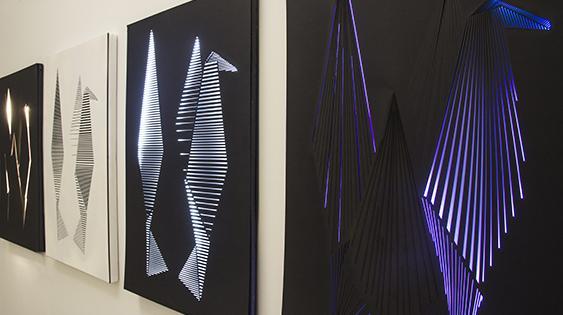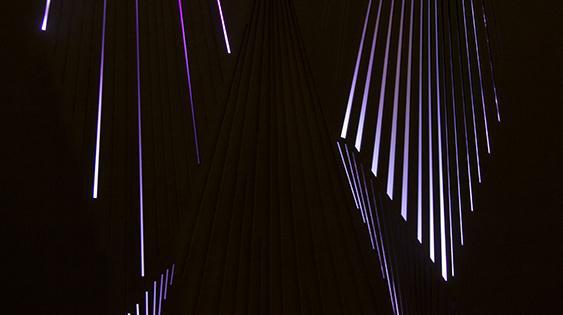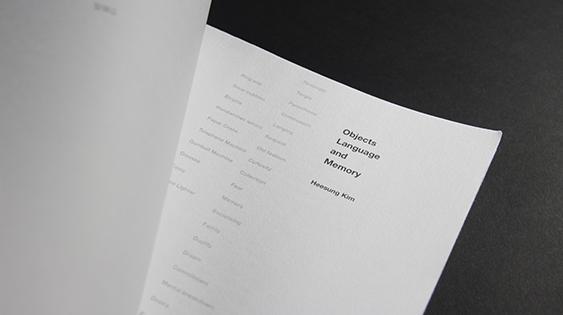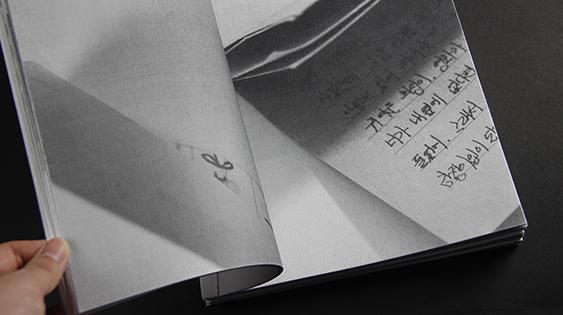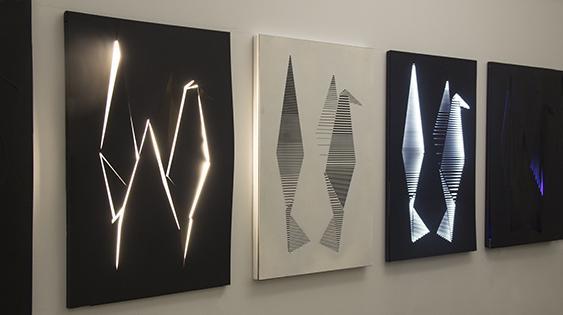Object, Language, and Memory
This project centers around the use of euphemistic visual language and circumlocution, in combination with everyday personal objects. I am interested in using indirect visual language as a way of representing my personal history, and as a means for self-discovery. For me, social expectations of women, Confucianism, and Korea’s honorific language and social hierarchy all served to encourage a quiet, restrained, or even submissive form of communication at an early age. As I grew up, I internalized these social attitudes. But at the same time, I wondered—was this introversion an explicit choice, or something forced upon me?
Korean is my mother tongue, and I learned English later in life. When I told acquaintances and friends in the US that I used to be an introverted and reserved person, they were often surprised because in English, I can seem straightforward. I realized that the way people see me in Korea and the US differs because of language. In Korean, I rely heavily on imagery and poetic expression in my written and spoken language. Yet in English, I use precise, simple sentences—I am blunt though that form of communication doesn’t reflect who I am. I feel more freedom when I speak in Korean, and in truth, I feel more cautious when I speak in English. Thus, two seemingly different personalities and impressions of who I am—reflected through language—became a stepping stone for this project.
In “Beyond Culture” (1976), anthropologist Edward T. Hall describes what he calls high-context and low-context culture. The way Koreans and Americans express themselves and talk is distinguishably different according to Hall. In a high-context culture like Korea’s, language does not communicate every message: connotations are often embedded deeply in information, which carries additional meanings. In a low-context culture like that of the United States, it’s relatively important for the communicator to be explicit and clear with words to be fully understood. In the US, my inability to communicate articulately in English led to a loss of self-confidence. Yet, ironically, communicating more directly in the English language gave me a new-found clarity, and helped me connect with others.
In this project, I’ve tried to visualize this idea of direct and indirect communication through photography, by taking both literal and poetic images. In it, I photographed twenty-five everyday objects. These objects, mined from different moments in my life, have helped mold my identity. Some are those I took with me from Korea to the US, and serve as touchstones; they are a means of portraying myself as projected onto objects. I then pair these objects with a visual language that represents the euphemistic verbal language I use in Korea. These two different photograph languages—the literal and the poetic—represent my experience speaking two different languages, Korean and English.
I use light as a metaphor in the exhibition. Light serves as a representation of this range: from a willingness to share personal stories and memories (light on, the object visible) to a reluctance to share these stories (light off, the silhouette is visible). Four laser cut patterns and a large format poster represent unstructured, blurred, and ambiguous thoughts and ideas without language. Here, I’ve tried to represent my persona through the paper crane, in ways that I’m neither able to express nor define through language.
I’m interested in working with both the parametric and the expressive, the analog and the digital, word and image, the honorific and the direct. I have learned that euphemistic language and circumlocution are important means of communication for me; and that this coded verbal communication is equally present in my design voice. By investigating the metaphorical and subversive nature of communication in this project, I hope to develop a visual language that allows me to both better understand myself within a social and historical context, and communicate and connect with others. And, in so doing, I hope to develop a means of communication that can be used by others who speak indirectly—one that helps others derive meaning and self-worth in times of transformation, and that allows them to speak out and be heard.

